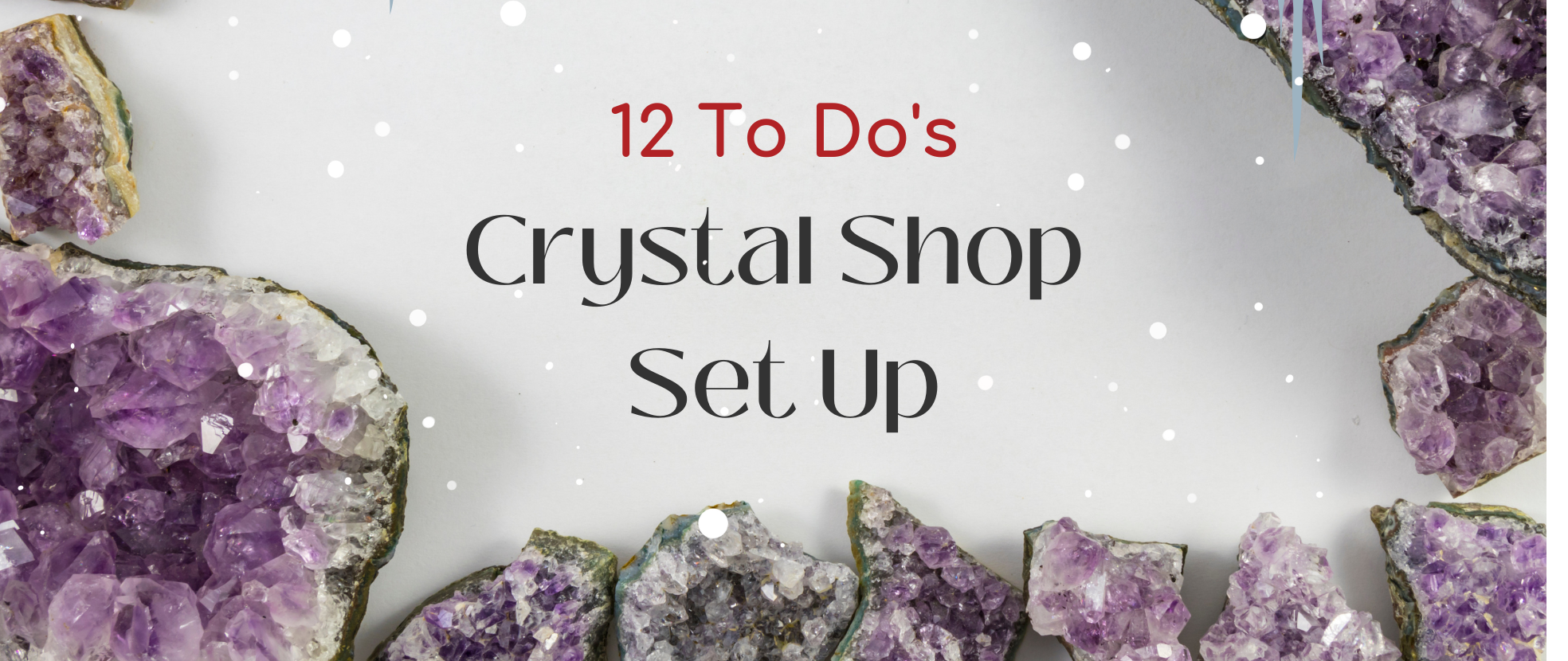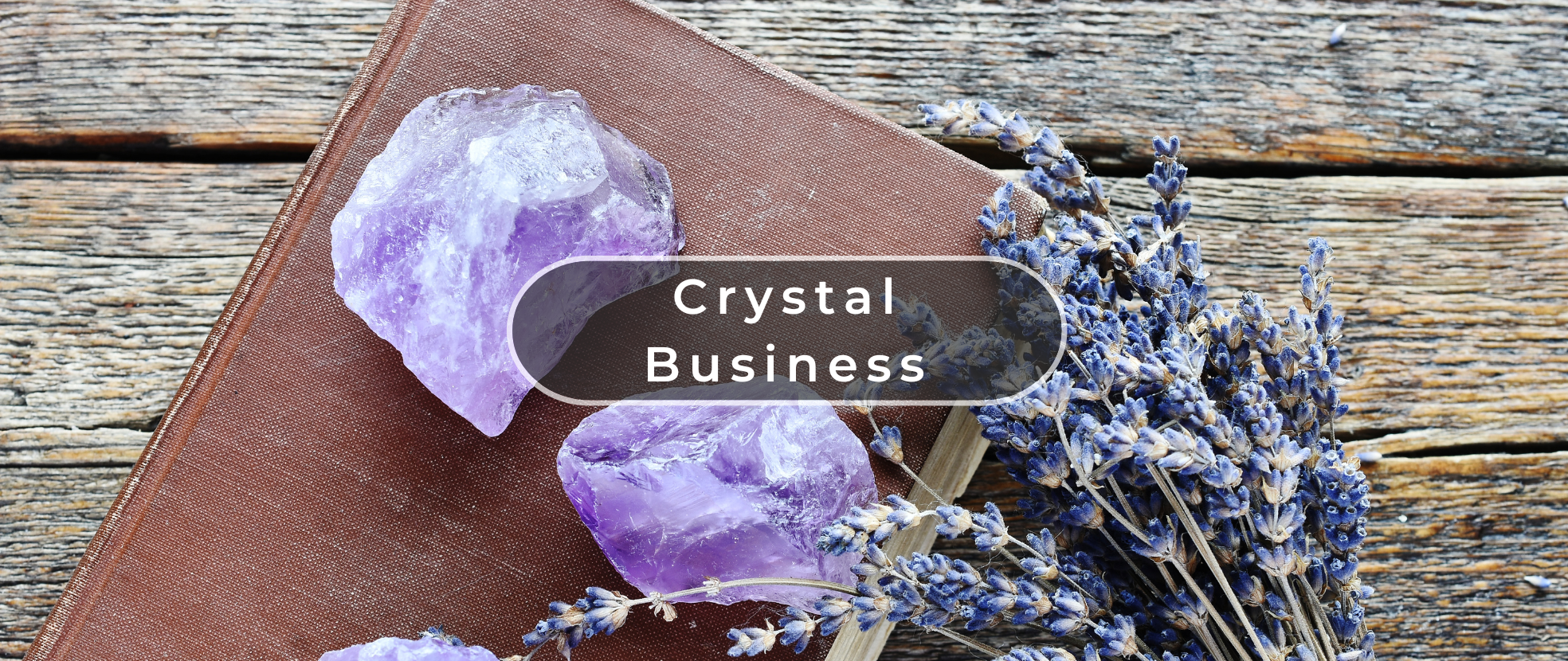Mahogany Obsidian is known for its swirls or mottlings of black and brown. These patterns are caused by its iron inclusions Magnetite and Hematite. It may gleam like a highly polished piece of wooden furniture, but Mahogany Obsidian is every inch a rock.
Read on to find out more about this natural wonder.
The Physical Properties of Mahogany Obsidian
Dubbed as a natural glass, Obsidian is a silica-rich igneous rock that is formed when the viscous lava from a volcano cools at a rapid rate. Its brown shade bears a semblance of the reddish-brown timber of the Mahogany tree, hence its name. It doesn't have a crystalline structure and definite chemical composition so it is considered as a mineraloid.
Obsidian has a glassy luster with a smooth uniform texture. With a Mohs hardness rating of 5 to 6, it is slightly harder than window glass. It displays a conchoidal fracture and sharp edges when it breaks. Due to its lack of toughness, Obsidian is only suitable for applications where only minimal impact is required (e.g., creating jewelry pieces like brooches, earrings, and pendants).
The History of Mahogany Obsidian
Obsidian is derived from the name Obsuis, a Roman explorer who was believed to have discovered the rock in Ethiopia. Obsidian is an extrusive rock, meaning it forms when lava comes out of a volcano and solidifies above the Earth's surface. It can form along the edges of a lava flow, a volcanic dome, or along a dike. It can also form when lava comes in contact with air or water.
Obsidian can be found anywhere where there is volcanic activity. But the popular extraction sites are found in Brazil, Mexico, Afghanistan, Japan, and the US.
Since Obsidian forms razor-sharp edges when it breaks, primitive tribes used it to create weapons and cutting tools in various shapes and sizes. Native Americans used it to make knives, scrapers, arrowheads, spear points, and other sharp tools. Due to its high luster, Ancient Aztecs and Greeks ground Obsidian to enhance its reflective abilities and used it for their mirrors.
In the modern times, Obsidian continues to be used as a cutting tool in surgery. It can produce cutting edges that are much sharper than the finest steel scalpels. Some surgeons prefer to use Obsidian blades as they cause very little trauma to tissue and heal faster with less scarring (which is ideal in cosmetic procedures). Outside the realm of surgery, Obsidian is a popular gemstone. It is cut into beads, cabochons, and tumbled stones.

The Metaphysical Properties of Mahogany Obsidian
Mahogany Obsidian is used to cleanse and unblock the sacral chakra, the center of the emotional balance and creative energies. Healing the sacral chakra is said to reactivate one's pleasures, playfulness, and sexuality. It also removes psychic blockages and assists in inducing spiritual awakening. Meditating with Mahogany Obsidian can erase unpleasant memories brought by abuse, humiliation, and shame.
Since it unblocks the sacral chakra, Mahogany Obsidian is also great for anyone wanting to enhance their sexual energy. It stimulates the sense of touch and helps its user to freely express their desires with ease. It can relieve performance anxiety during sexual activities, especially when both partners are still uncomfortable with each other.
As a grounding stone, Mahogany Obsidian protects from psychic attacks. It broadens its user's horizon, thereby increasing creativity, releasing fear, and reducing mental limitations. Crystal healers also use Mahogany Obsidian to boost strength and willpower. It is recommended for individuals who desire to conquer their fears and overcome challenges.
And as a stone of reflection, it opens its user's eyes to the things and events that warrant their attention.
Sources:
King, H. (n.d.). Obsidian. Geology.com. Accessed at https://geology.com/rocks/obsidian.shtml
The Editors of Encyclopaedia Britannica. (n.d.). Obsidian. Britannica. Accessed at https://www.britannica.com/science/obsidian
Mahogany Obsidian. (n.d.). Mindat.org. Accessed at https://www.mindat.org/min-27030.html
Magdalena, A. (2019, April 22). Facts About Mahogany Obsidian: Meanings, Properties, and Benefits. Gemstagram. Accessed at https://gemstagram.com/facts-about-mahogany-obsidian-meanings-properties-and-benefits/
Obsidian. (2021, April 29). Wikipedia.org. Accessed at https://en.wikipedia.org/wiki/Obsidian
Shadbolt, P. (2015, April 2). How Stone Age blades are still cutting it in modern surgery. CNN Health. Accessed at https://edition.cnn.com/2015/04/02/health/surgery-scalpels-obsidian/index.html





